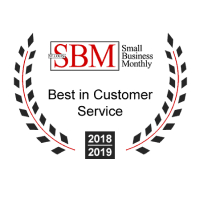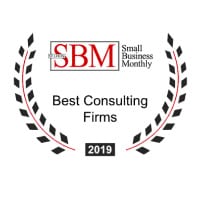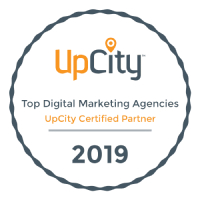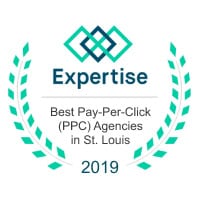Analytics & Reporting | Brand Strategy | Consulting | Content Development | Conversion Rate Optimization | Email Marketing | PPC / Google Ads | SEO Services | Social Media | Web Design & Development
March 1, 2018 | Nikki Bisel

It’s safe to say that no two marketing strategies are alike. Not only do these strategies change based on a brand’s wants and needs, but their goals and mission will largely influence their digital route to success, as well.
The differences become even greater, still, when breaking down a client’s business structure — particularly when it comes to for-profit companies versus nonprofit businesses.
In partnership with Maplewood-Richmond Heights High School (MRH) and the National Alliance on Mental Illness (NAMI) St. Louis, our team recently had the opportunity to shift our line of thought from the for-profit brands we usually represent to a local nonprofit organization that’s striving to make a difference in the St. Louis area.
Here are some of the things we have to share about nonprofit marketing...
Building a marketing strategy for a nonprofit is significantly different than building a strategy for a for-profit brand.
Why?
The differences are largely determined by the variations in each brand’s primary mission.
For-profit brands exist to make money from their products and/or services. They may be motivated by other endeavors, like making the best products they can or building a superior customer experience, but at the end of the day, for-profit companies want to make money and thrive so that they can continue to build new products and services that their customers will enjoy.
Nonprofit brands, on the other hand, exist to help their customers live better lives through their products, services and message. All funding that a nonprofit receives will be used to pay for the expenses of running the business (employee salaries, bills, etc.); the remaining money will be invested back into the organization’s goals and mission to help their community. For this reason, nonprofits don’t typically have the capital that for-profits brands have.
Our team’s journey into nonprofit marketing is just beginning. If you’d like to keep up with the progress the MRH students have made for NAMI St. Louis, visit the official Seafoam Marketing Challenge landing page to learn more! We’ll have much more to share over the next several months.
























